Rich & Varied Archaeological Heritage of Pakistan – 2020
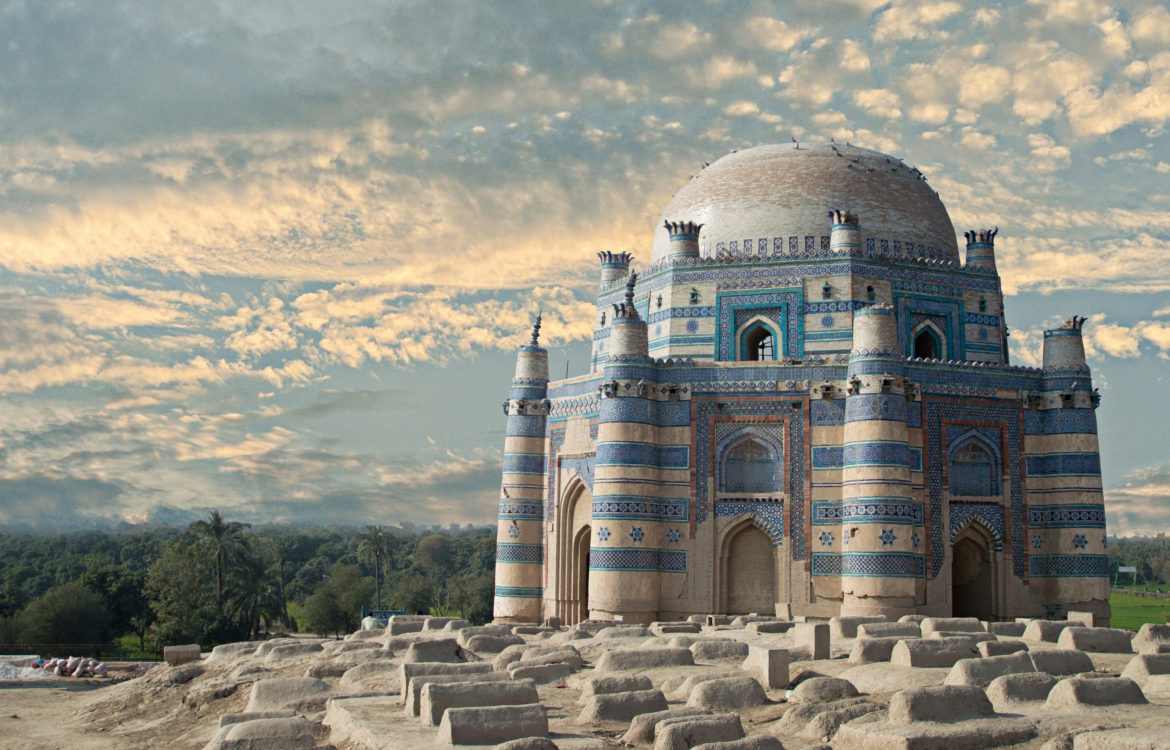
Thomas Jefferson has some merits when he said “I like the dreams of the future better than the history of the past” but David McCullough was spot on with, “History is Who we are and Why we are the way We are”.
I think the inspiration we get from our past, guides us to build not only our today but also shapes our future as well. So is the case with Pakistan, marching forward to its bright Future on the heals of its glorious Past.
Pakistan is a treasure house of ancient heritage. Some of these sites are well preserved and remaining are just piles of old dirt and histories, but our archaeologist are trying hard to stabilize and conserve these treasure coves so that they can survive for some more centuries..
Today I am going to uncover some of the interesting facts about history of Pakistan which I personally feel have a common interest for the people of Asia and it has the power to bind them in cohesion and friendship…
Pakistan, though young in the comity of nations, has a rich and varied history spanning a period of over 9000s years. The people of Pakistan have been around for a long time, much before the Partition, much before the Medieval Mughuls, much before Muhammad bin Qasim, much before Islam, and much before the emanation of Vedic cultures. Pakistan has a history of over 9000 years, all of which have a unique link with the Indus River; Balochistan’s Mehrgarh (7000 BC), Khyber Pakthunkhwa’s Rehman Dheri (4000 BC), Punjab’s Harappa (3000 BC) and Sindh’s Mohenjodaro (2500 BC) combined have more than 50,000 rock carvings and over 10,000 inscriptions. Many other heritage sites ranging from the Neolithic period in present-day Gilgit Baltistan and the the ancient Sharda University in Azad Jammu & Kashmir are also worth mentioning the generations that have thrived on this soil and left their footsteps for generations to come.
There are a number of sites in Pakistan that were once home to great and ancient civilizations. This blog is first part of “Glorious Past Series” that will cover the most important ancient civilizations… So lets start with some of Gems from the Past:
TAXILA:
Taxila is the main site to Buddhism. The budda himself spent 40 years of his life travelling and teaching in this part of northern Pakistan and many say that it is from here where modern budhism takes his routes. The greeks came to Pakistan under conquerer Alexander the great.
They built taxillas first city the Sirkap. This city was built according to the ancient capital of Athens. Sirkaps history spans about 1000 years and different empires conquered and rebuilt it. This city was a home to greatest university for law,medicine and history on the Subcontinent. This city has such a beautiful architectural plan that was so ahead of its time that it was copied and put to use when Islamabad was built.

MEHRGARH:
The remains of this city are located in Balochistan Pakistan.It is the earliest known farming settlement in Southasia and also has earliest evidence of pottery.The people here lived in organized houses of red mud and raised domesticated farming animals. But later on because of water drying in rivers the people move to other areas like Mohenjodaro and Harrapa.the indus valley civilization has its roots here as the archelogists have linked Harrapans genesis to Mehrgarh.

MEHRGARH
KOT DIJI:
Around 3500-3000 B.C, another civilization came into being while the Indus Valley Civilization was just underway. Located about 22 km south of Khairpur in the Sindh of province, Pakistan, the Kot Dijli site is some 60 km away from Mohenjo-daro.
Excavated in 1955, the site’s culture is characterized by the use of the red-slipped globular jar with a short neck painted with a black band. During the peak of this civilization, the region was divided into two the citadel and the lower town.

MOHENJODARO:
The ancient city of Mohenjodaro is one of the first urban centers in human history.It lies in the southern Pakistan indus valley and is the best preserved city of indus civilization.It was built in 2500 B.C and it spanned about 500 acres.It was divided into two districts the citedal and the lower town. The citadel is home to the city exceptional monuments including the great bath. Mohenjodaro has a sophisticated water system baths and toilet systems and the town has an elaborate sewage system and it also had fresh water in 700 wells. The lower town demonstrated the egalitarian structure.It had a population between 20,000 and 40,000.After 600 years the city collapsed. This city was rediscoverd in 1911.

MOHENJODARO
HARAPPA:
Harappa is situated 35 km from Sahiwal and around 250 km from Lahore in the province of Punjab. It was from here that the remains of the Indus Valley Civilization were first discovered that eventually led archaeologists to Mohenjodaro. Though some of the remains of Harappa were destroyed, several cemeteries have been excavated to reveal much about the Harappan culture.
There seem to be have been a series of cities. With a similar layout and designs of citadel and granaries, Harappa looks like Mohenjodaro and appears to have been most populated around in 2000 to 1700 B.C. as well. The economy appears to have been agriculture and trade oriented.
Many of the dead were buried wearing a variety of jewelry and other ornaments, such as rings, along with earrings and bangles. Some of the females had anklets of tiny beads and girdles studded with semi-precious stones.

HARAPPA
REHMAN DHERI:
It is a pre-Harappan site, and dated about 4000 B.C. It is located 22 km away from Dera Ismail Khan in the Khyber-Pakhtunkhwa Province. It is considered to be one of the oldest urbanized centers in South Asia that we know of.
It appears to have once been a large walled rectangular city with a grid iron network. The location of a number of small-scale industrial areas can be seen occupied by eroding kilns and scatters of slag. .
There are not many remains at Rehman Dheri except for thousands of broken utensil bits and stone. It seems to have been left by its inhabitants in the middle of the third millennium B.C. The plan of the Early Harappan settlement is therefore completely undisturbed by later developments in civilization that took place at the other sites and hence represents the beginning of urbanization in South Asia.

REHMAN DHERI
GANDHARA:
It is comparatively a new civilization, the regions comprising Northern Punjab, Peshawar valley and Eastern Afghanistan was known as Gandhara. For a long time it remained the meeting place of various ancient cultures, as it was rule by many rulers. A distinctive art which is known as Gandhara Art took place from here and flourished during the 2nd and 3rd century of Christian era. Thousands monasteries and stupas were widely here Buddha’s figures, shapes and monasteries all made prominent features of Gandhara Arts.

ROHTAS FORT:
Rohtas is a historical fort in the Potohar region. It is located at a distance of 16kms from Jhelum city. It was constructed on a hillock where Kahan river meets to an another rainy stream Parnal Khas. The fort is about 300 feet above its surroundings.It is 2660 feet above sea level and covers an area of 12.63 acres. It was build by Sher Shah Suri, due to the rebellious tribes of the northern Punjab region in the 16th century. It took 8 years to built the Rohtas Fort but it was recaptured by local tribes and then it become the capital of Gakhars.It was captured by Mughal emperor Humayun in 1555. Rohtas Fort is an outstanding example early Muslim military architecture in the South Asia. Also have a profound influence on the development of architectural styles in the Mughal Empire.

ROHTAS FORT
DERAWAR FORT:
Derawar fort is a large square fort which is located in Ahmadpur East Tehsil,Punjab.It is approximately 100km south from the city of Bahawalpur.The Derawar fort is visible for many miles in the Cholistan Desert. The fort was built by Rai Jajja Bhatti, which is a Rajput ruler of the Bhatti clan. This fort was constructed in the 9th century A.D as a tribute to Rawal Deoraj Bhatti. In the 18th century, the fort was taken over by the Muslim nawabs of Bahawalpur. It was later renovated by the Abbasi rulers. This historical fort is presents at an enormous and impressive structure in the heart o Cholistan desert, but it needs immediate preventive measures for preservation.
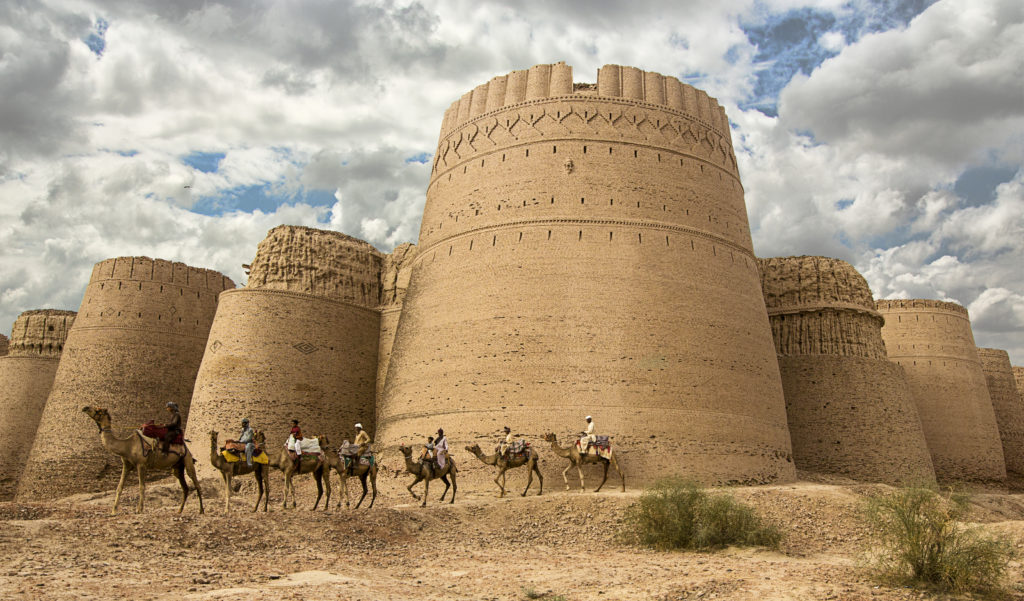
NOOR MAHAL AND GULZAR MAHAL:
Noor and Gulzar Mahal are the most elegant buildings in Bahawalpur which is built in the Italian style. Noor Mahal, is a five star luxury hotel, and is inspired by India’s rich heritage and shows the royality created by Indian Maharajas over the centuries.Noor Mahal is one of the hidden gems of Bahawalpur, due to the lack of publicity.But now this palace is open to public and is under the control of Pakistan Army and is used as a guest house and attending meetings with foreign delegations.The construction of Noor palace was undertaken by Nawab Sadiq Muhammad Khan. Mr.Heenan. an Englishman was the state engineer. The foundation of Noor palace was laid in 1872.
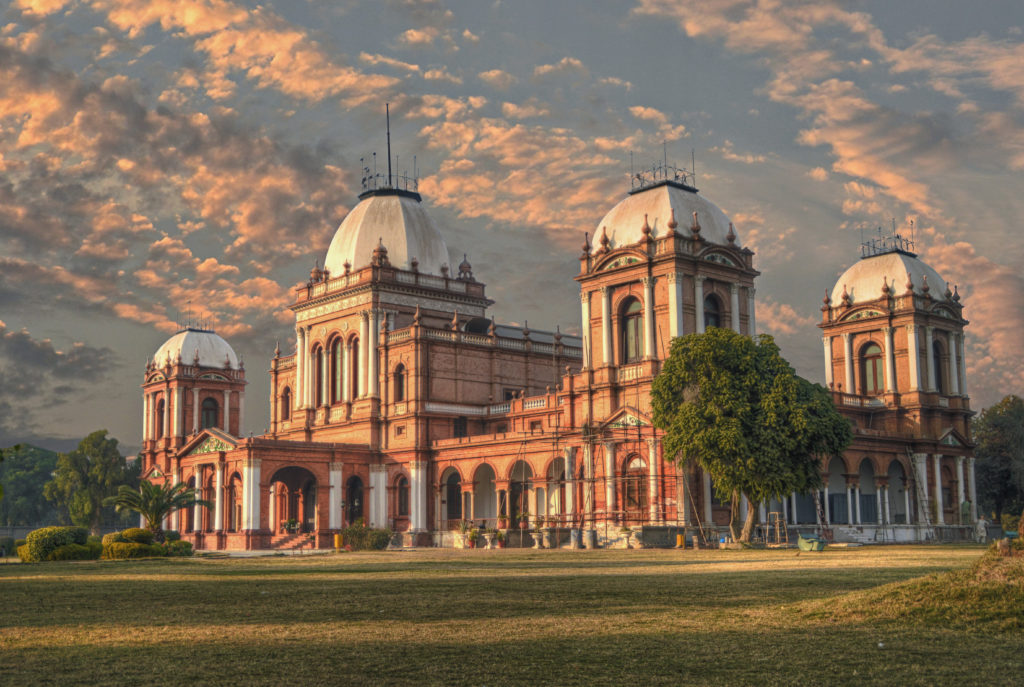
HIRAN MINAR SHEIKHUPURA PUNJAB:
Hiran minar is located near Lahore in Sheikhupura, Pakistan. It was constructed by the Emperor Jahangir as a monument to Mansraj. The structure consists of large, almost square water tank with an octagonal pavilion in its center and was built during the era of Mughal emperor Shah Jahan. Another feature of Hiran Minar is its location and environment. The top of the minar is the best place in the Punjab province to get the feel for the broader landscape and its relationship to the Mughal site. To the north of the minar, one can see a patch of forest which is similar tp the forests in the Mughal times.

MAKLI HILL:
It is located just outside of Thatta. Makli Hill is the greatest Muslim structure existing today. It is the site of Sindh province and has a golden era which lasted across four centuries from 14th to 18th. There is evidence of extreme grandeur style, with colorful mosaic detailing and decorative patterns carved into the stone. Approximately half a million tombs and graves are dotted within this six square mile site.

RANIKOT FORT:
Ranikot fort is a historical fort in Sindh province of Pakistan. It is also known as great wall of Sindh and is the world’s largest fort with the circumference of approximately 26km or 16 miles. Fort is located in Lakki mountains of the Kirthar region to the West of river Indus. The main purpose and architects of Ranikot Fort are still not found. Some archaeologists attribute it to Arabs or it can possibly built by Persion noble under the Abbasides by Imran Bin Musa Barmaki who was the Governor of Sindh in 836.

SHALIMAR GARDEN:
It was sometimes written as Shalamar Garden, It was a Pakistani garden and was built by the Mughal emperor Shah Jahan in Lahore. The project management was carried out under the superintendence of Khalilullah khan, in cooperation with Ali Mardan khan. It is located near Baghbanpura along the Grand trunk road some 5 kilometers from main city of Lahore. Shalimar Gardens draws inspiration from Central Asia, Kashmir and West Punjab. The site of Shalimar Garden was originally belonged to one of the noble Zaildar families in the region, well known as Arain Mian family, Baghbanpura.
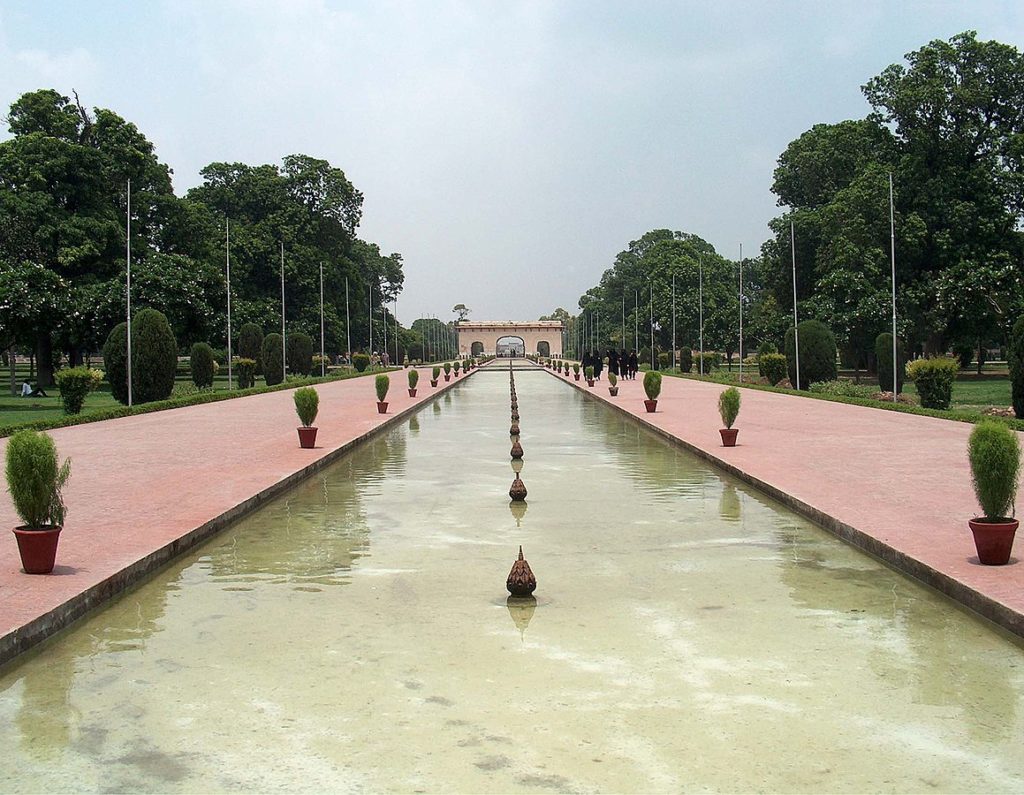
WAZIR KHAN MOSQUE:
Wazir khan mosque is located in Lahore, Pakistan and is famous for extensive title work.It has been described as a mole on the cheek of Lahore. It was built in seven years starting around 1634-1635 AD, during the era of Mughal emperor. This mosque was built by Hakim Shah Ilm-ud –din Ansari, a native of Chiniot, who was the court physician to Shah Jahan and a governor of Lahore. He was commonly known as Wazir khan.This mosque is located in the inner Lahore and is accessible from Delhi gate.This mosque gives some of the finest examples of Qashani title workfrom the Mughal period. Inside the mosque lies the tomb of Syed Muhammad Ishaq, who is also known as Miran badshah, who migrated from Iran and then settled in Lahore.

ANARKALI TOMB:
The tomb of Anarkali is located on the grounds of Lahore’s Punjab Civil Secretariat complex near the British-era Mall, southwest of the Walled City of Lahore. It is considered to be one of the earliest Mughal tombs still in existence, and is considered to be one of the most significant buildings of the early Mughal period.[1] The building is currently used as the Punjab Archives, and public access is limited. Construction of the tomb dates to either 1599 C.E., or 1615 C.E.[2]
The tomb was said to be built by the Mughal Emperor Jehangir for his love Anarkali, who as per legend, was caught by Emperor Akbar for exchanging glances with Jehangir, at the time known as Prince Saleem. Anarkali was reportedly a concubine of Emperor Akbar, and this action reportedly enraged the Emperor Akbar so much, that he had Anarkali interred alive in a wall. When Prince Saleem ascended the throne and took the name “Jehangir,” he is reported to have ordered the construction of a tomb over the site of the wall in which Anarkali was reportedly buried.[3]
Eighteenth-century historian Abdullah Chagatai reported that the tomb was not the resting place for Anarkali, but instead for Jehangir’s beloved wife Sahib-i-Jamal Begum.[4] Many modern historians accept the credulity of this account.[5] The building is currently used as the Punjab Archives, so access to the public is limited.
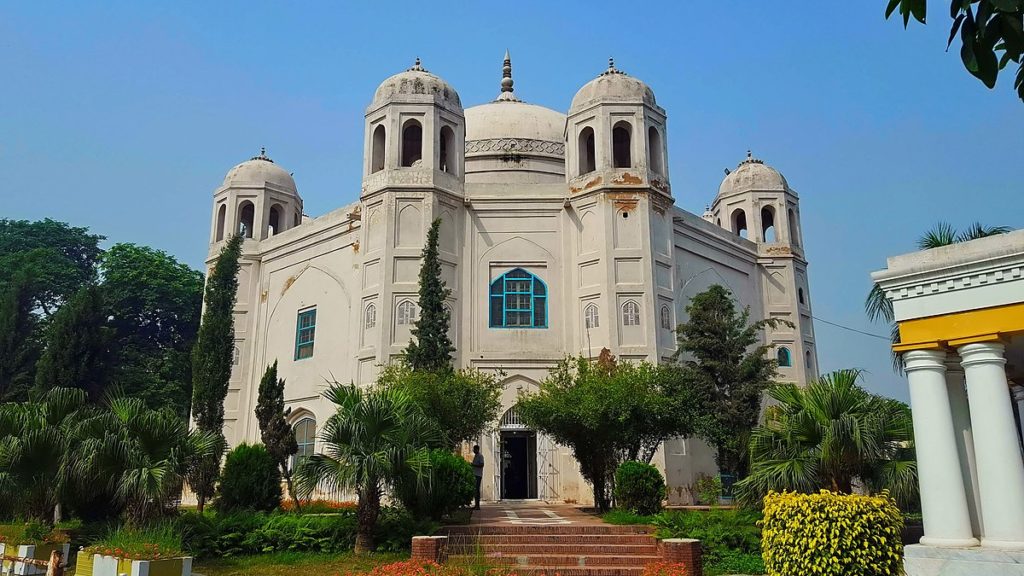
and the list goes on… Exploring the rich heritage of Pakistan requires some dedicated time and passionate.. So go ahead and customize your tour with us so that we can take you to the forgotten world
(All pictures are attributed to lawful owners, distributed under creative common agreement by Wikipedia)
